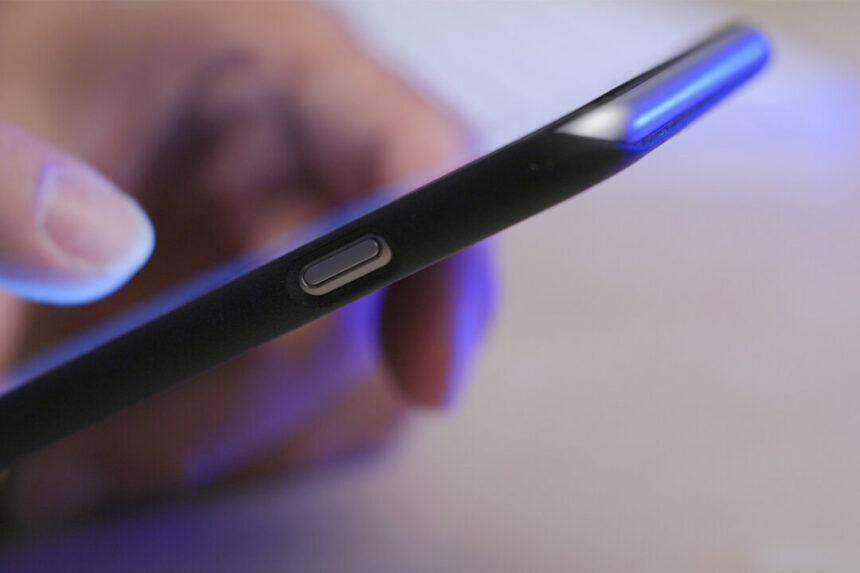Toronto Police Service (TPS) has made 10 arrests and filed over 100 charges in a significant “SIM swap” fraud case.
SIM swapping occurs when an individual takes control of a victim’s cellphone number by exploiting vulnerabilities in two-factor authentication. The perpetrator typically contacts the victim’s phone provider and convinces them that they are a legitimate customer. They then swap the SIM card linked to the account, granting them access to the phone to receive text messages for password recovery or changes. This enables them to access social media, bank, and email accounts.
TPS reported that more than 1,500 cellular accounts nationwide were compromised, resulting in over $1 million in losses for individuals, telecom companies, and financial institutions.
“In this scheme, individuals hijacked an unsuspecting victim’s cellphone by swapping the SIM card associated with the account, either by posing as the customer at the cellphone store or obtaining access to the accounts,” stated Detective David Coffey of the Financial Crimes Unit during the press conference.
The investigation commenced in June 2023 following reports from multiple telecom companies to the police.
TPS executed various search warrants during the investigation, uncovering over 400 counterfeit identifications.
In many instances, suspects would impersonate victims at multiple locations using fake IDs, according to law enforcement.
“Often, they would then utilize the same identification at the victim’s financial institutions to take control of their bank accounts,” Coffey explained.
In other cases, fraudsters employed phishing tactics involving false web links and websites.
How SIM Swap Schemes Work
Det.-Const. Michael Gow explained that SIM swapping is more akin to identity theft than physically taking someone’s SIM card.
How to Protect Against SIM Swapping
Know your digital footprint
Gow emphasized the importance of understanding your online presence to prevent being targeted by cybercriminals.
Understand privacy settings
Limiting personal information shared online and being cautious with providing personal details can help protect against SIM swapping attacks.
He cautioned against internet surveys or questions that ask for personal information like your mother’s maiden name or your first pet’s name.
“Be cautious about the source of information when providing such details,” Gow advised.
He recommended avoiding these types of online surveys and only answering questions from a trusted source.
Stay Informed
TPS warns that many people are unaware of SIM swapping and may not realize when it happens to them.
“This crime is underreported, and we aim to change that by educating the public,” Gow stated.
If someone sees the SOS icon on their phone with cell towers nearby, especially in downtown Toronto, it’s a red flag.
Avoid 2-Step Verification
It’s best to steer clear of using two-step verification with your phone number.
“If possible, disable it and opt for alternative authentication methods like Google Authenticator, Microsoft Authenticator, or similar apps,” Gow suggested.




